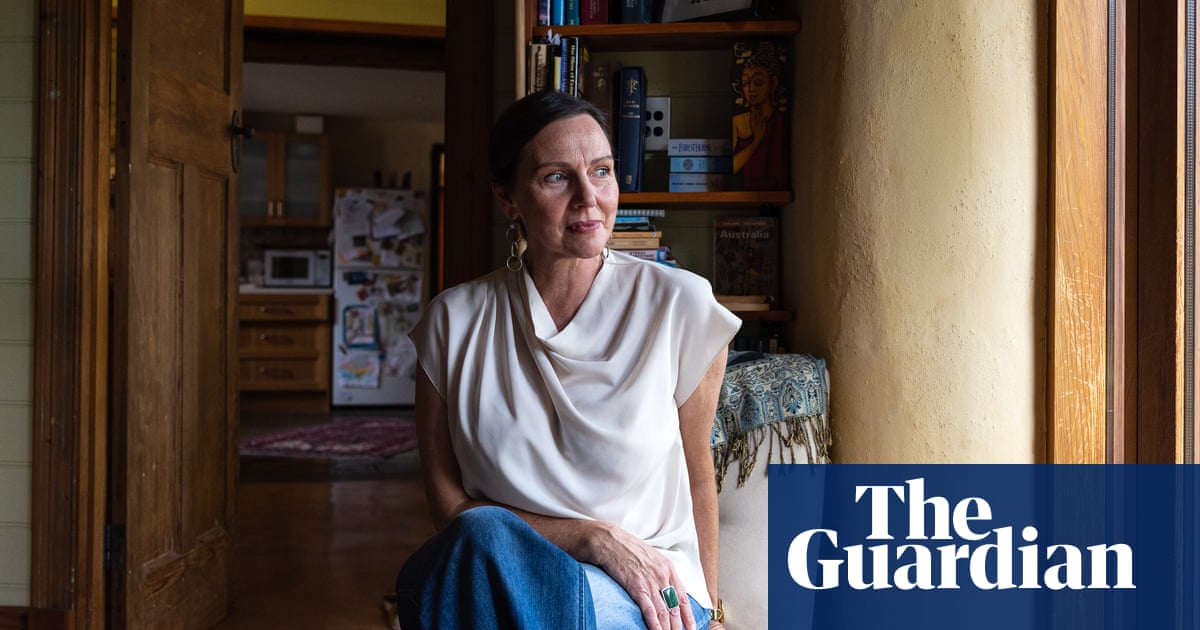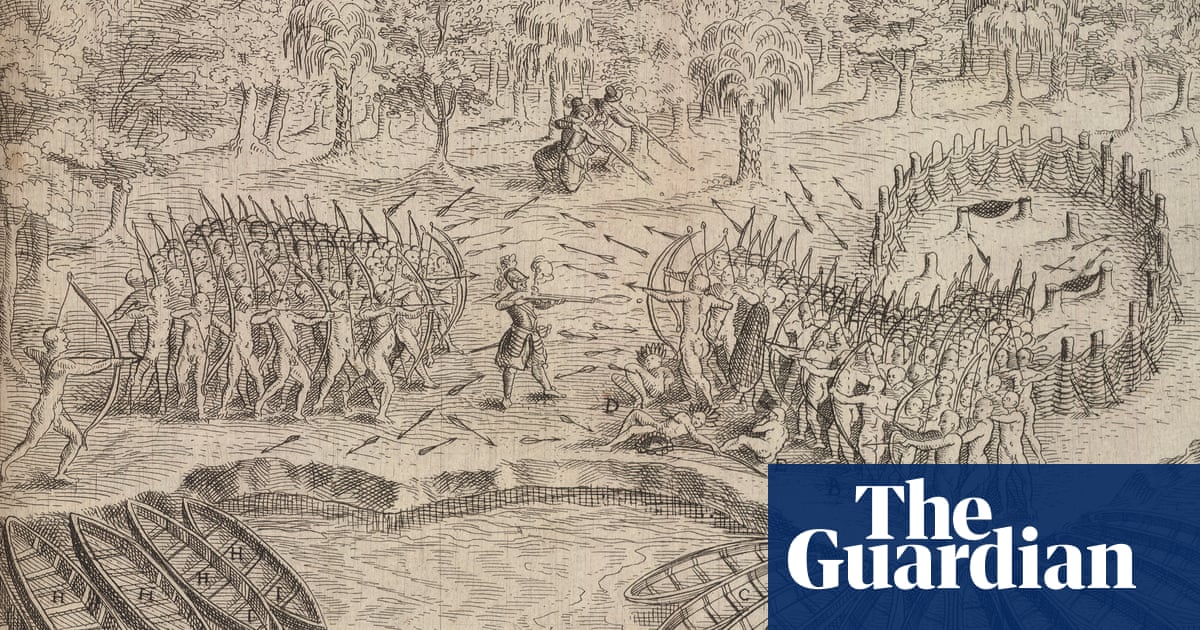
or people who don’t know Bristol, the real shock when they heard that the statue of a 17th-century slave trader had been torn from its plinth and thrown into the harbour was that 21st-century Bristol still had a statue of a slave trader on public display. For many watching the events unfold on social media, that was the real WTF moment.
Edward Colston, the man in question, was a board member and ultimately the deputy governor of the Royal African Company. In those roles he helped to oversee the transportation into slavery of an estimated 84,000 Africans. Of them, it is believed, around 19,000 died in the stagnant bellies of the company’s slave ships during the infamous Middle Passage from the coast of Africa to the plantations of the new world. The bodies of the dead were cast into the water where they were devoured by the sharks that, over the centuries of the Atlantic slave trade, learned to seek out slave ships and follow the bloody paths of slave routes across the ocean. This is the man who, for 125 years, has been honoured by Bristol. Put literally on a pedestal in the very heart of the city. But tonight Edward Colston sleeps with the fishes.
The historical symmetry of this moment is poetic. A bronze effigy of an infamous and prolific slave trader dragged through the streets of a city built on the wealth of that trade, and then dumped, like the victims of the Middle Passage, into the water. Colston lies at the bottom of a harbour in which the ships of the triangular slave trade once moored, by the dockside on to which their cargoes were unloaded.
Slave ship captains were often permitted to bring one or two enslaved people back to Britain and sell them privately for their own profit. The practice offered successful captains an additional bonus and the Africans enslaved in this manner were called “privilege negroes”. Many were young boys who were sold as exotic servants: fashion accessories. They appear as commodities for sale in advertisements in 18th-century Bristol newspapers, publications that also carried notices offering rewards for the recapture of enslaved people who had absconded from the grand homes of the city’s elite. Metres from where Colston’s statue now rests runs Pero’s Bridge, named after Pero Jones, one of those enslaved people who lived and died in Bristol. A man who may well have taken his first steps on British soil on the docks from which Colston’s statue was hurled.
The crowd who saw to it that Colston fell were of all races, but some were the descendants of the enslaved black and brown Bristolians whose ancestors were chained to the decks of Colston’s ships. Ripped from his pedestal, Colston seemed smaller: diminished in both size and potency. Lying flat, with his studied pensive pose, he looked suddenly preposterous. It was when the statue was in this position that one of the protesters made a grim but powerful gesture. By placing his knee over the bronze throat of Edward Colston, he reminded us of the unlikely catalyst for these remarkable events.
The fact that a man who died 299 years ago is today on the front pages of most of Britain’s newspapers suggests that Bristol has not been brilliant at coming to terms with its history. Despite the valiant and persistent efforts of campaigners, all attempts to have the statue peacefully removed were thwarted by Colston’s legion of defenders. In 2019, attempts to fix a plaque to the pedestal collapsed after Bristol’s Society of Merchant Venturers, the high priests of the Colston cult, insisted on watering down the text, adding qualifications that, it was felt, had the effect of minimising his crimes. Yet what repulsed many about the statue was not that it valorised Colston but that it was silent about his victims, those whose lives were destroyed to build the fortune he lavished upon the city.
The long defence of the figure and Colston’s reputation was overt and shameless, but not unique. In other British cities other men who grew rich through the trafficking of human beings or who defended the “respectable trade” are venerated in bronze and marble. In Edinburgh’s St Andrew Square, on a pedestal 150 feet high, stands Viscount Melville, Henry Dundas, another of history’s guilty men. His great contribution to civilisation was to water down and delay attempts to pass an act abolishing the slave trade. Historians struggle to estimate how many thousands died or were transported into slavery because of his actions. Already social media is ablaze with calls for Dundas to be thrown into the Forth.
Today is the first full day since 1895 on which the effigy of a mass murderer does not cast its shadow over Bristol’s city centre. Those who lament the dawning of this day, and who are appalled by what happened on Sunday, need to ask themselves some difficult questions. Do they honestly believe that Bristol was a better place yesterday because the figure of a slave trader stood at its centre? Are they genuinely unable – even now – to understand why those descended from Colston’s victims have always regarded his statue as an outrage and for decades pleaded for its removal?
If they do not confront such questions they risk becoming lost in the same labyrinth of moral bewilderment in which some of Colston’s defenders became entrapped in 2017. That year Colston Hall, Bristol’s prime concert venue, and one of the many institutions named after the slave trader, announced that it was to change its name. In response, a number of otherwise reasonable decent people announced that they would be boycotting the hall. Think about that for a moment. Rational, educated, 21st-century people earnestly concluded that they were taking a moral stance by refusing to listen to music performed within the walls of a concert hall unless that venue was named after a man who bought, sold and killed human beings.
Now is not the time for those who for so long defended the indefensible to contort themselves into some new, supposedly moral stance, or play the victim. Their strategy of heel-dragging and obfuscation was predicated on one fundamental assumption: that what happened on Sunday would never happen. They were confident that black people and brown people who call Bristol their home would forever tolerate living under the shadow of a man who traded in human flesh, that the power to decide whether Colston stood or fell lay in their hands. They were wrong on every level. Whatever is said over the next few days, this was not an attack on history. This is history. It is one of those rare historic moments whose arrival means things can never go back to how they were.
• David Olusoga is a historian and broadcaster
• On Tuesday 9 June at 7pm BST (2pm EDT) the Guardian is holding a live-streamed event about the meaning of George Floyd’s killing, featuring Guardian journalists including US southern bureau chief Oliver Laughland, reporter Kenya Evelyn, writer Chris McGreal and columnist Malaika Jabali. Book tickets here












